Remember the comforting glow of your neighborhood grocery store, the jingling bell as you walked in, and the shelves stocked with childhood favorites? These weren’t just places to grab milk and bread—they were part of your weekly ritual, a backdrop to quick chats with neighbors and the thrill of finding your favorite cereal on sale. But many of these once-beloved grocery stores have quietly vanished, leaving behind empty storefronts and warm memories that shoppers still miss. From local gems to giants that ruled entire states, here’s a look back at 18 grocery stores that disappeared forever—and why they mattered.
1. A&P
Founded in 1859, A&P revolutionized how Americans shopped for groceries. The red storefront with its iconic logo was a fixture in communities across the country for generations.
At its peak, the Great Atlantic & Pacific Tea Company operated nearly 16,000 stores nationwide. Many shoppers fondly recall A&P’s premium Eight O’Clock Coffee and Ann Page products that lined the shelves.
After 156 years of business, increasing competition from warehouse clubs and supercenters finally forced A&P to close its remaining stores in 2015, ending one of America’s longest-running retail stories.
2. Alpha Beta
Southern California shoppers in the 1970s and 80s navigated Alpha Beta’s unique aisles arranged in alphabetical order. This innovative system meant apples were near the entrance while zucchini waited at the back.
The chain’s catchy slogan, “You’re the alpha and the beta, the beginning and the end,” played on both its name and store layout. Families appreciated the logical organization that made shopping lists easier to follow.
Acquired by American Stores in 1986, Alpha Beta locations gradually converted to Lucky Stores in the early 1990s, spelling the end for this alphabetically arranged shopping experience.
3. Kash n’ Karry
Florida shoppers of the 1980s and 90s flocked to Kash n’ Karry for its warehouse-style pricing without membership fees. The bright yellow and blue signs promised savings that working families counted on.
Started as a small Tampa produce store in 1914, the chain expanded to over 100 locations throughout Florida. Their emphasis on fresh produce and local offerings made them a neighborhood favorite.
Parent company Delhaize America began rebranding stores to Sweetbay Supermarket in 2004. By 2007, the Kash n’ Karry name had vanished completely, taking its distinctive shopping carts and budget-friendly approach with it.
4. Food Fair
Bright orange and green Food Fair signs once dotted shopping centers from Florida to New York. Founded in the 1920s, this chain became known for its S&H Green Stamps program that had customers eagerly collecting books of stamps to redeem for household goods.
Families planned weekly shopping trips around Food Fair’s Wednesday specials advertised in local newspapers. Many locations featured in-store bakeries with birthday cakes that became part of countless celebrations.
Aggressive expansion in the 1970s backfired when economic conditions worsened, forcing Food Fair into bankruptcy in 1978. Most locations were sold off or closed, ending a shopping tradition for generations of East Coast families.
5. White Hen Pantry
Long before convenience stores appeared on every corner, White Hen Pantry locations lit up Chicago neighborhoods with their welcoming glow. The friendly white hen logo invited shoppers inside for fresh deli sandwiches and coffee at any hour.
Founded in 1965, the chain grew to over 500 locations throughout the Midwest. College students pulling all-nighters and third-shift workers relied on White Hen’s always-open doors and fresh food options.
7-Eleven purchased the beloved chain in 2006 and gradually converted all locations to their own branding. By 2010, the familiar white hen had disappeared from storefronts, leaving only memories of late-night sandwich runs.
6. Dominick’s
For nearly a century, Dominick’s red and green logo represented quality grocery shopping for Chicago families. Founded by Dominick DiMatteo in 1918 as a small Italian deli, the store grew into a powerhouse chain with over 100 locations across Chicagoland.
Loyal shoppers praised the store’s fresh produce, full-service deli counters, and locally made products. Many Chicagoans still reminisce about the store’s famous fresh-baked Italian bread and holiday cookie trays.
Parent company Safeway abruptly announced all remaining Dominick’s would close by December 2013. The sudden shutdown left neighborhoods without their familiar grocery stores and thousands of workers without jobs just before Christmas.
7. Kohl’s Food Stores
Long before Kohl’s became synonymous with department store shopping, Wisconsin families filled their carts at Kohl’s Food Stores. Founded in 1946 by Maxwell Kohl, these grocery stores operated separately from the clothing retailers that later took the family name.
The chain was known for spotlessly clean stores and an impressive selection of local Wisconsin cheeses and sausages. Their distinctive green and white color scheme and friendly service made them neighborhood fixtures throughout the Badger State.
A&P purchased the grocery division in 1983, eventually converting or closing all locations. Today, many Wisconsin shoppers still mistakenly ask if Kohl’s department stores once sold groceries, unaware they were separate businesses from the same family.
8. Ultra Foods
Families on tight budgets throughout Illinois and Indiana stretched their dollars at Ultra Foods’ massive warehouse-style stores. With their bold red and yellow signs promising “Ultra Low Prices,” these stores offered bulk buying without warehouse club membership fees.
Opened in the 1980s, Ultra Foods became known for its enormous meat departments and international food selections that catered to diverse communities. The no-frills shopping experience meant customers bagged their own groceries in exchange for significant savings.
Parent company Strack & Van Til closed all remaining Ultra Foods locations in 2017 amid financial restructuring. The closures left budget-conscious shoppers searching for new options and empty retail spaces in many communities.
9. National Tea
Founded in 1899, National Tea Company pioneered many grocery innovations we take for granted today. Their early adoption of self-service shopping and checkout lanes revolutionized the industry and influenced how all modern supermarkets operate.
At its height, this St. Louis-based chain operated over 700 stores across the Midwest. Many shoppers remember their distinctive yellow and black checkerboard logo and private label products that promised quality at lower prices.
After multiple ownership changes throughout the 1970s and 80s, National Tea stores gradually disappeared from American communities. By the 1990s, the once-mighty chain had been completely absorbed by competitors, ending nearly a century of grocery history.
10. Jitney Jungle
The quirky name “Jitney Jungle” came from combining “jitney” (slang for nickel, suggesting value) with “jungle” (referencing the store’s abundant produce). For Southern shoppers, these stores were community institutions known for fresh local fruits and vegetables.
Founded in Mississippi in 1919, Jitney Jungle expanded throughout the Deep South with over 100 stores at its peak. Their focus on Southern products and recipes made them particularly beloved in smaller communities.
Financial troubles led to bankruptcy in 1999, with most locations sold to Winn-Dixie. The distinctive name and neighborhood-focused approach disappeared from Southern shopping centers, taking a piece of regional retail history with it.
11. Pantry Pride
Before big-box discount chains dominated the landscape, Pantry Pride offered budget-conscious families significant savings throughout the Northeast. Their stripped-down approach eliminated fancy displays and services to focus entirely on lower prices.
Launched in the 1960s, Pantry Pride’s red and white color scheme became synonymous with affordable grocery shopping during economically challenging times. Many locations featured in-store butchers who would custom-cut meats to customer specifications despite the discount format.
Financial difficulties and leveraged buyouts led to store closures throughout the 1980s. By the end of the decade, Pantry Pride had disappeared completely, unable to compete with emerging supercenters that combined groceries with general merchandise.
12. Fresh & Easy
UK retail giant Tesco arrived in America with Fresh & Easy in 2007, bringing European-style convenience to Western states. The small-format stores featured ready-made meals, self-checkout lanes, and fewer product options than traditional supermarkets.
The mint-green storefronts promised a streamlined shopping experience with high-quality store brands and fresh prepared foods. Urban professionals initially embraced the concept that fit between convenience stores and full supermarkets.
Americans never fully warmed to the British approach to grocery shopping. After investing billions, Tesco abandoned the experiment in 2013, with the last stores closing in 2015. Fresh & Easy’s failure demonstrated how deeply cultural differences influence even something as universal as food shopping.
13. Victory Super Markets
For Massachusetts families, Victory Super Markets represented the best of local, family-run grocery shopping. Founded by the DiGeronimo family in 1923, the chain maintained its warm, personal touch even as it grew to 20 locations across central Massachusetts and New Hampshire.
Shoppers loved Victory’s exceptional customer service where managers knew regular customers by name. Their prepared foods department featured family recipes passed down through generations of the DiGeronimo family.
When Hannaford purchased Victory in 2004, a piece of New England grocery history ended. Though the physical stores remained, the Victory name and family-centered approach disappeared, leaving longtime customers mourning the loss of their neighborhood grocery tradition.
14. Marsh Supermarkets
Indiana shoppers experienced grocery innovation firsthand at Marsh Supermarkets. This regional chain made history in 1974 when the first-ever UPC barcode was scanned at a Marsh store in Troy, Ohio – forever changing how we check out groceries worldwide.
Founded in 1931, Marsh grew to over 100 locations known for their fresh bakeries and local products. The company’s slogan “Dedicated to Satisfaction” wasn’t just words – employees received extensive customer service training to ensure shoppers felt valued.
After 86 years in business, Marsh filed for bankruptcy in 2017, closing all remaining stores. The pioneering chain that helped create modern checkout technology couldn’t survive in the increasingly competitive grocery landscape it helped create.
15. Waldbaum’s
For generations of New Yorkers, especially on Long Island, Waldbaum’s represented the quintessential neighborhood grocery experience. Founded by Jewish immigrants in Brooklyn in 1904, the chain grew to serve diverse communities throughout the New York metropolitan area.
Waldbaum’s became particularly known for its extensive kosher foods section that served the region’s Jewish population. Many locations featured in-store bakeries producing fresh challah bread and black-and-white cookies that became weekend traditions for local families.
When parent company A&P filed for bankruptcy in 2015, all remaining Waldbaum’s locations closed or were sold to competitors. The closures ended over a century of grocery history and left many New York neighborhoods without their familiar shopping destination.
16. Eagle Food Centers
Eagle Food Centers soared across Illinois and Iowa landscapes with their distinctive bird logo and community-focused approach. Founded in 1893 as a small meat market, Eagle evolved into a full-service supermarket chain beloved by Midwestern families.
The stores were known for their fresh meat departments and weekly newspaper circulars that households eagerly anticipated. Many locations served as community gathering spots with bulletin boards for local events and fundraisers for area schools.
Unable to compete with Walmart’s aggressive expansion, Eagle filed for bankruptcy in 2003. All 60 remaining stores closed, leaving empty anchors in shopping centers and ending 110 years of Midwestern grocery tradition that had survived two World Wars and the Great Depression.
17. Grand Union
Grand Union’s distinctive red and white logo once symbolized quality grocery shopping throughout the Northeast. Established in Scranton, Pennsylvania in 1872, the chain expanded to become a dominant force in New York, New Jersey, Vermont, and neighboring states.
Shoppers appreciated Grand Union’s emphasis on fresh departments and wide product selection. Their innovative “Grand Way” larger-format stores introduced many shoppers to the concept of one-stop shopping with expanded non-food departments.
After multiple bankruptcies and restructurings throughout the 1990s and 2000s, the last Grand Union stores closed or rebranded in 2013. The once-mighty chain that had operated for 141 years became another casualty of changing retail dynamics and increased competition.
18. Red Owl
The friendly red owl logo watched over Midwestern grocery shopping for nearly 70 years. Founded in Minnesota in 1922, Red Owl’s distinctive stores spread across Wisconsin, Michigan, Iowa, and the Dakotas, becoming trusted fixtures in hundreds of communities.
Known for their fresh meat departments and community involvement, Red Owl stores sponsored local sports teams and community events. Many small towns had Red Owl Agency Stores – independently owned markets that carried Red Owl branded products while maintaining local ownership.
Supervalu purchased the chain in the 1980s and gradually phased out the Red Owl name. Though the last official store closed decades ago, the iconic owl logo remains a nostalgic symbol for generations of Midwestern shoppers who grew up with the beloved brand.
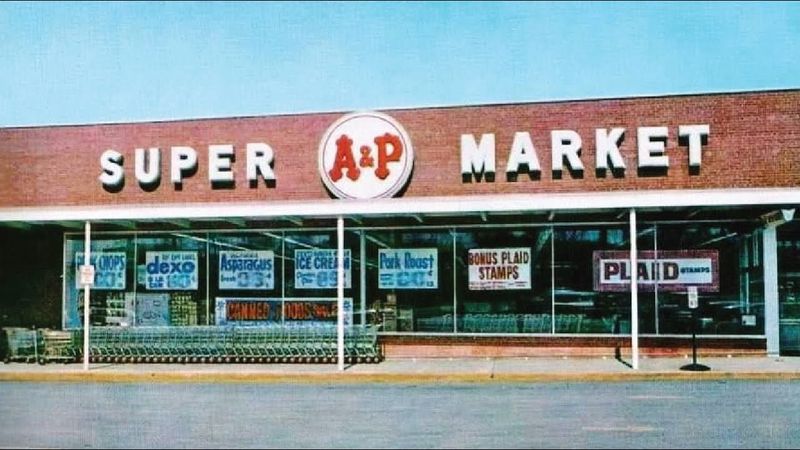
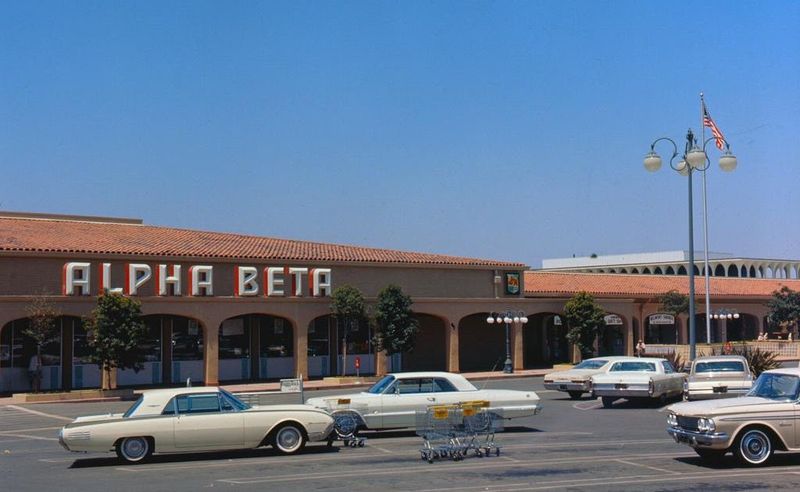
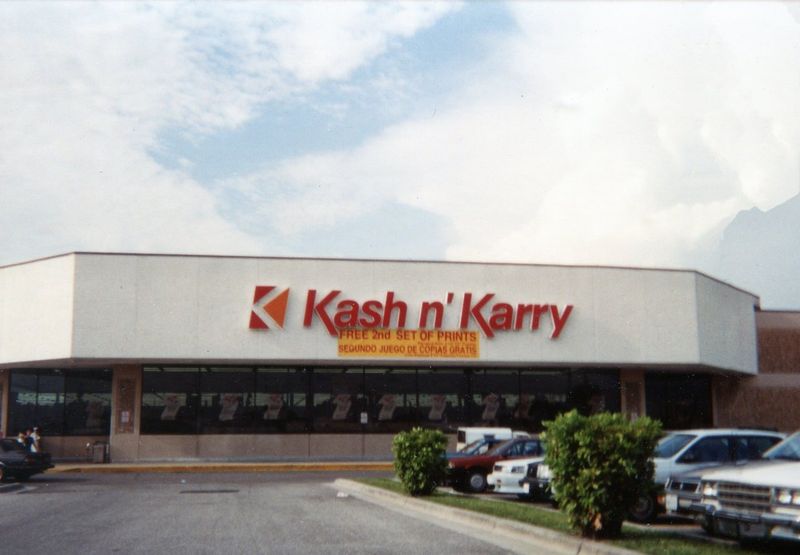
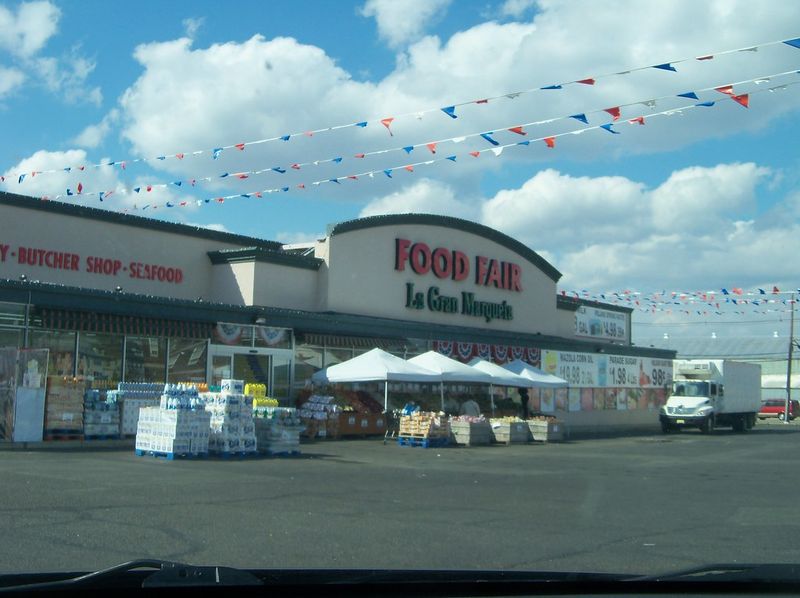
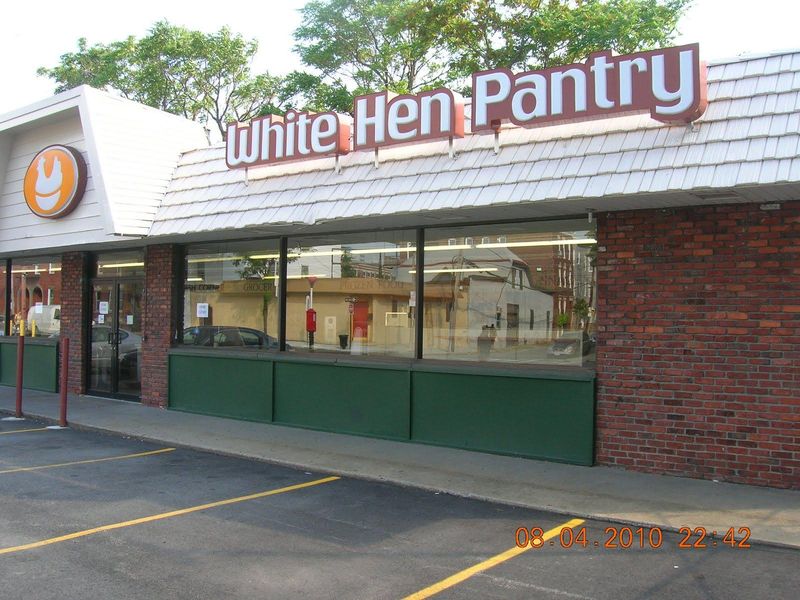
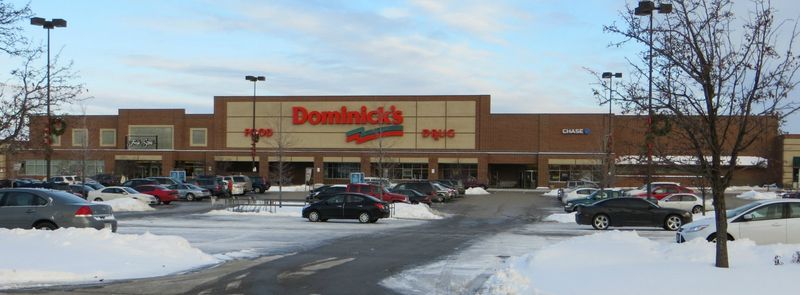
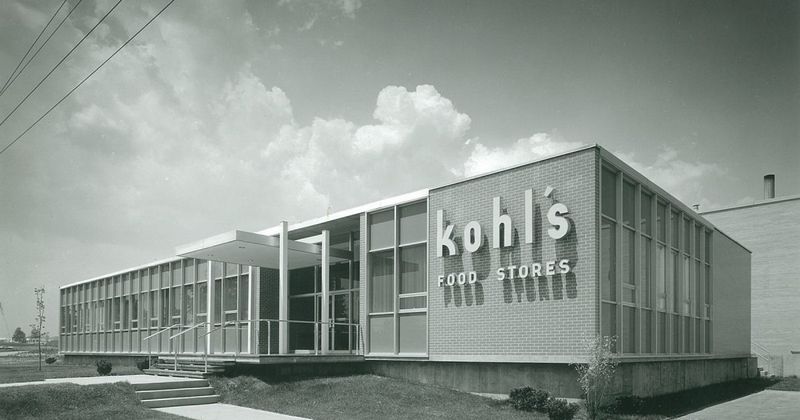
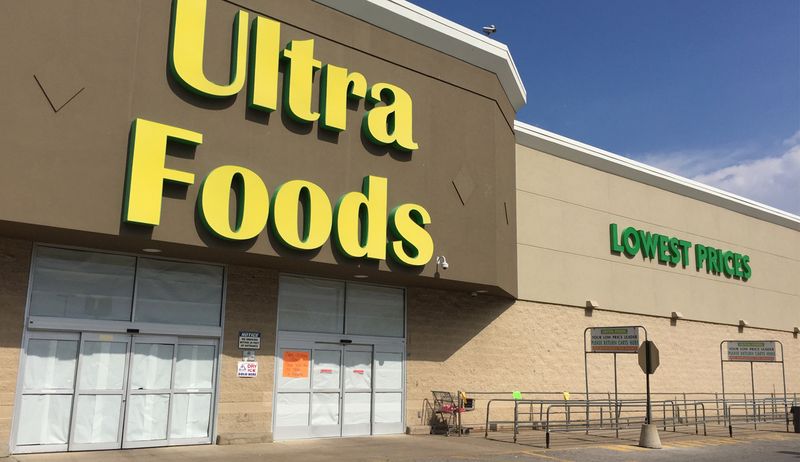
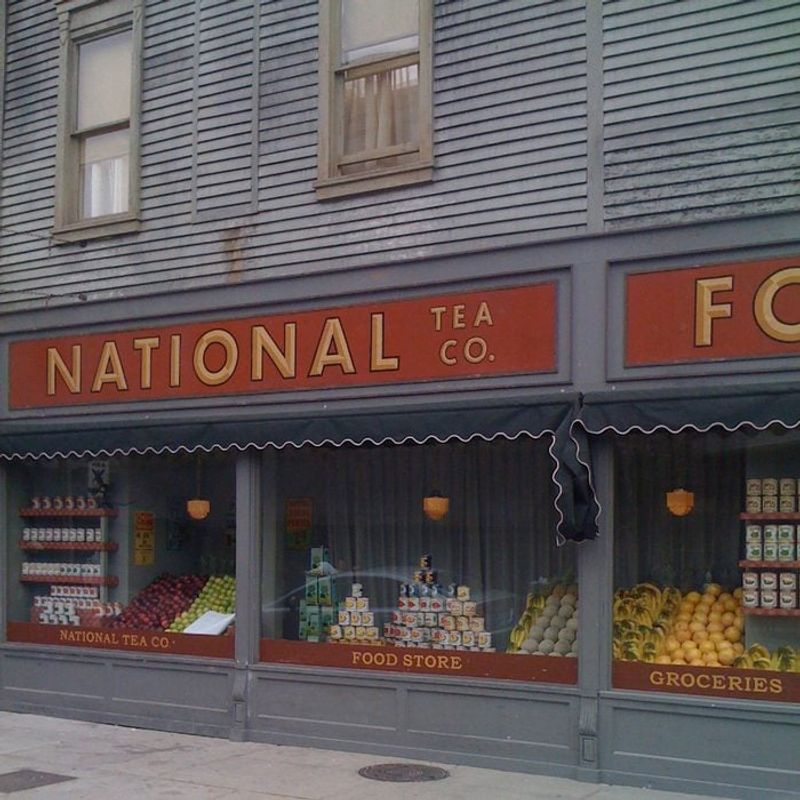
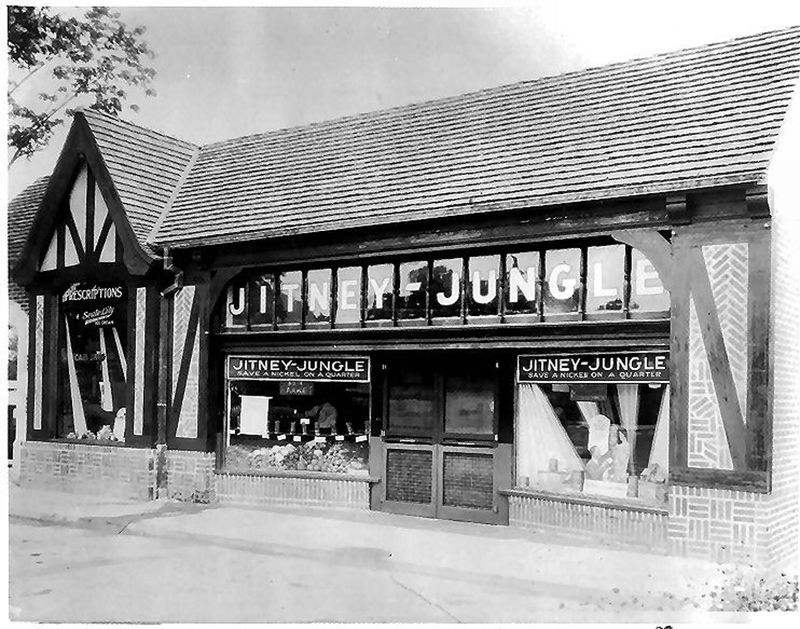
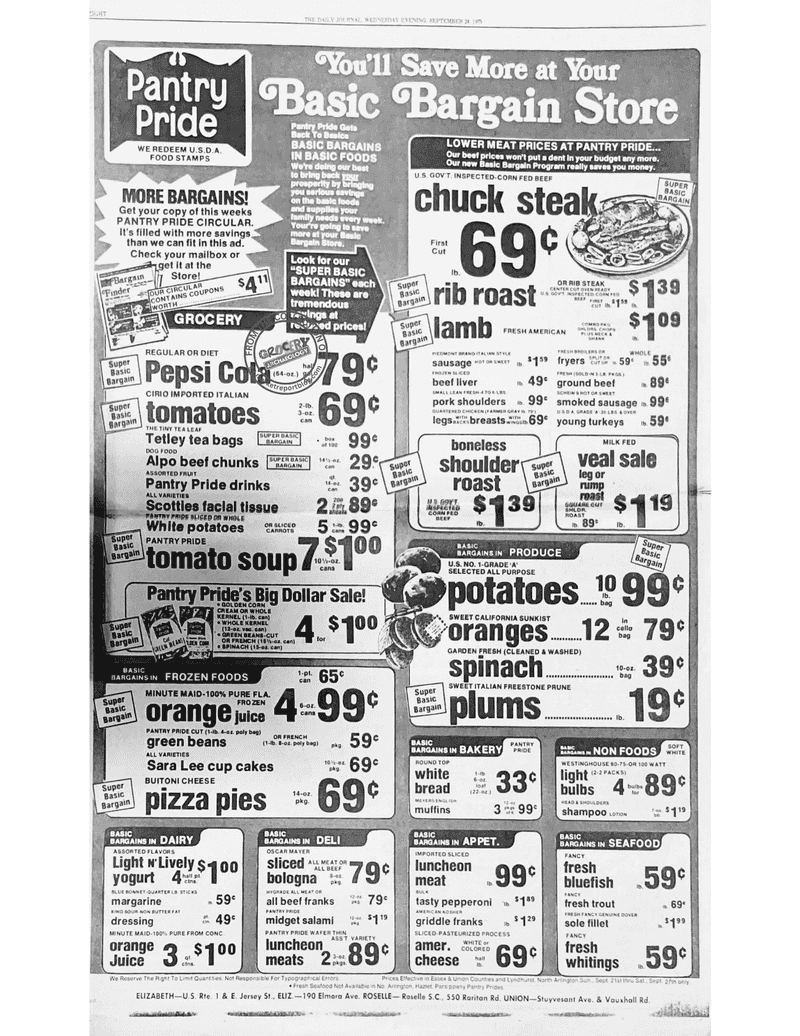
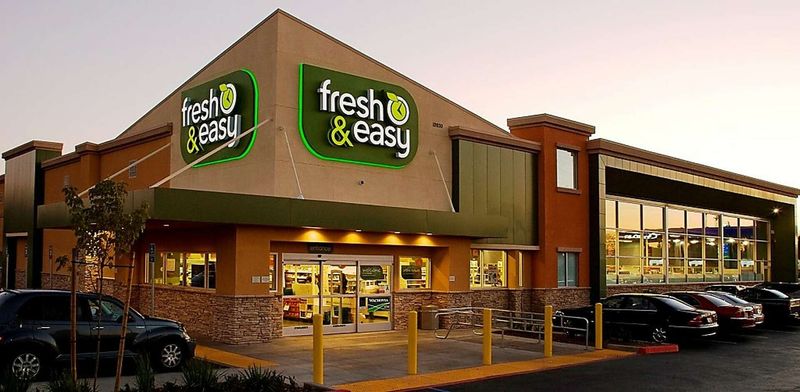
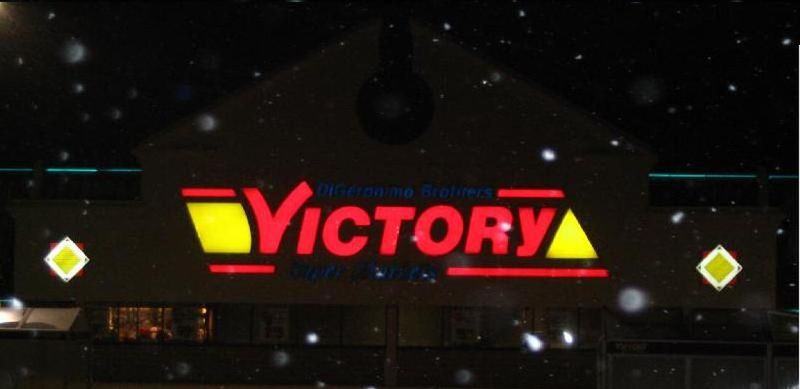
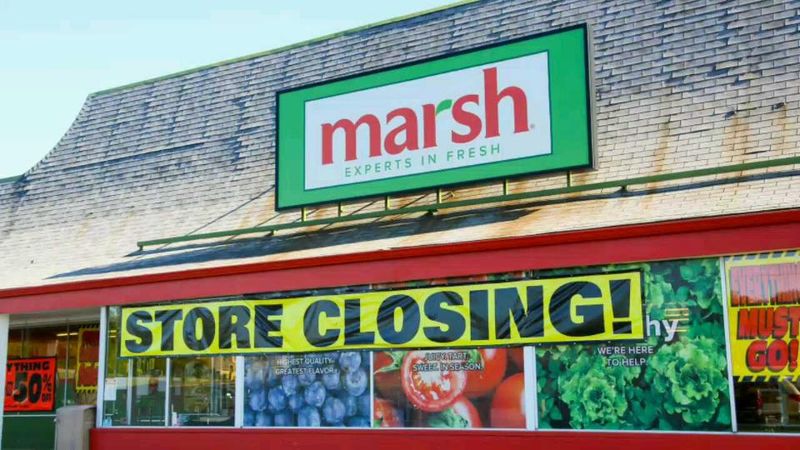
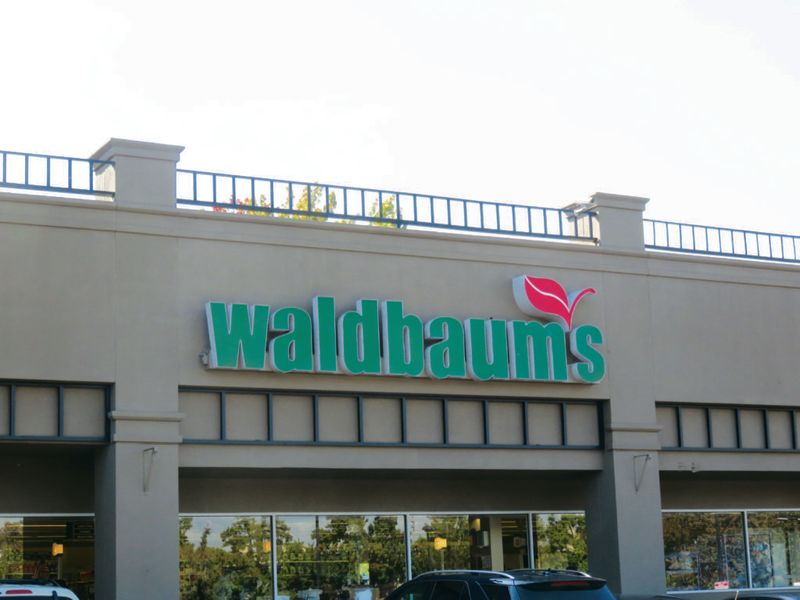
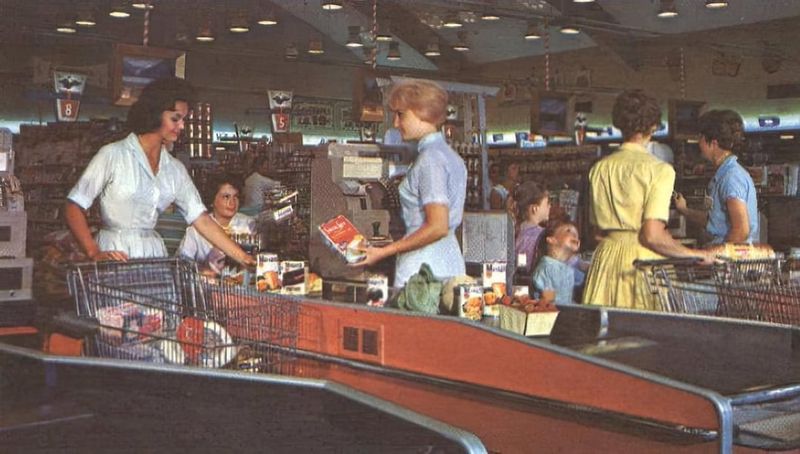
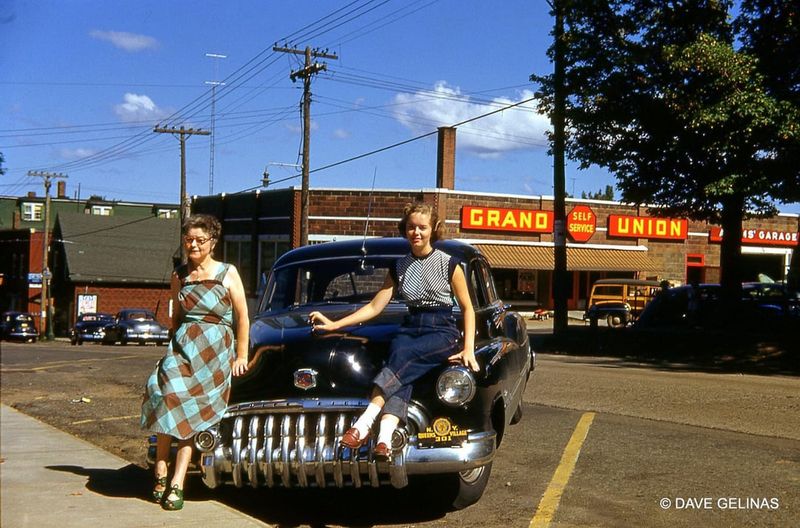
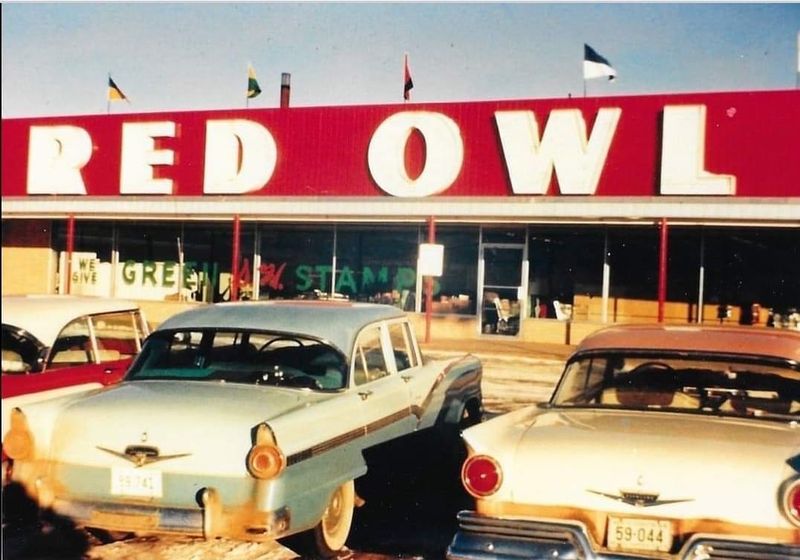
Leave a comment